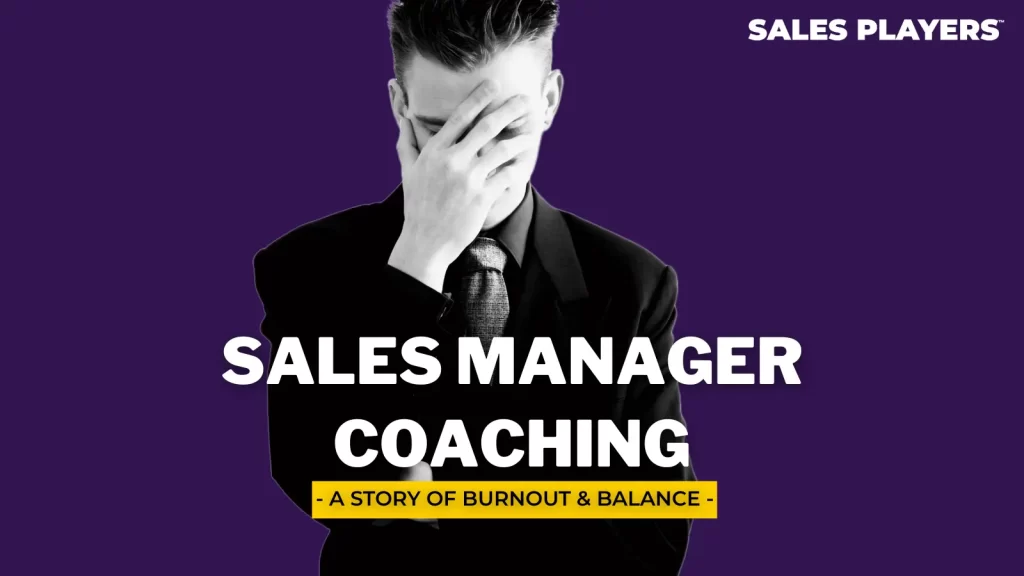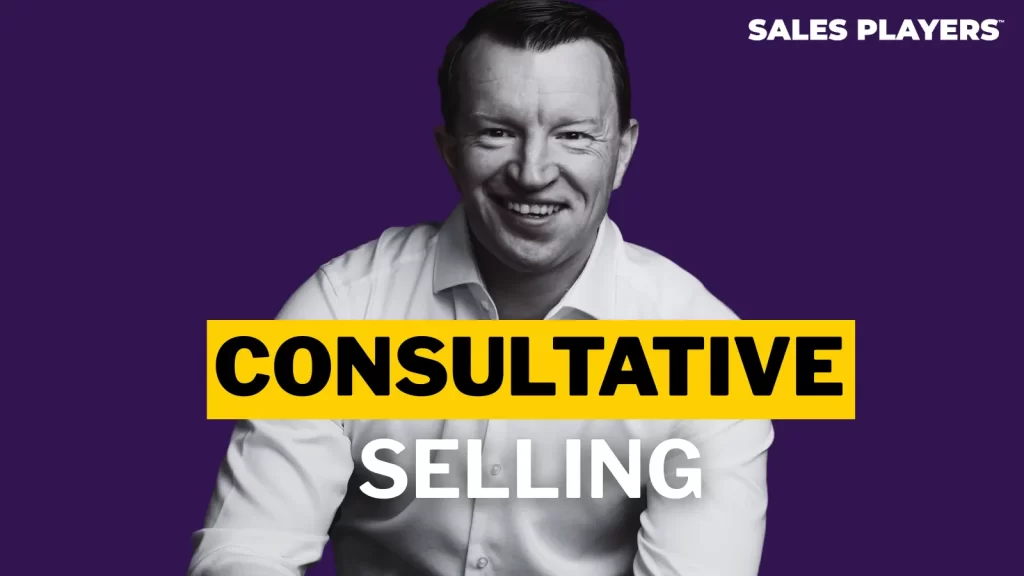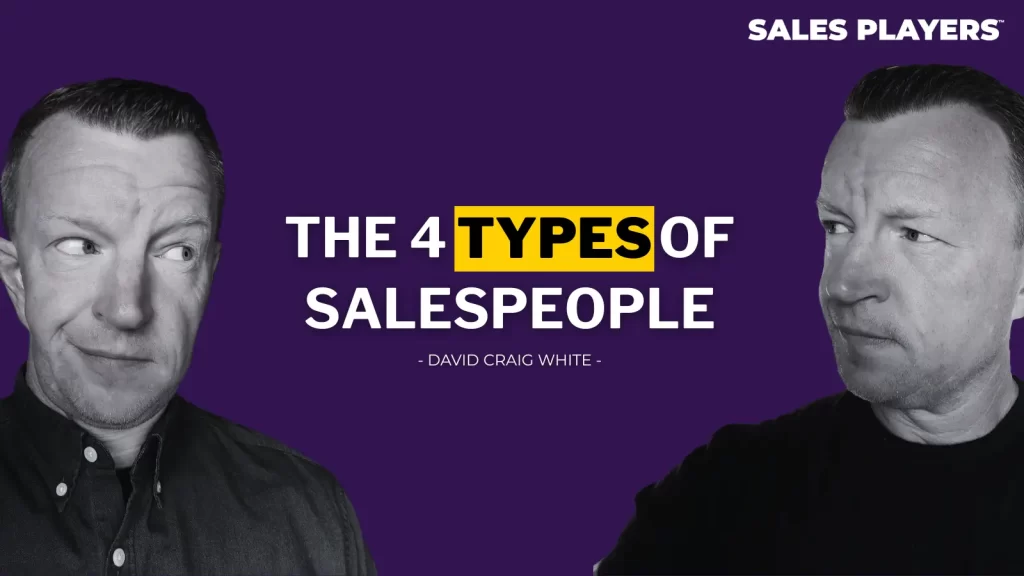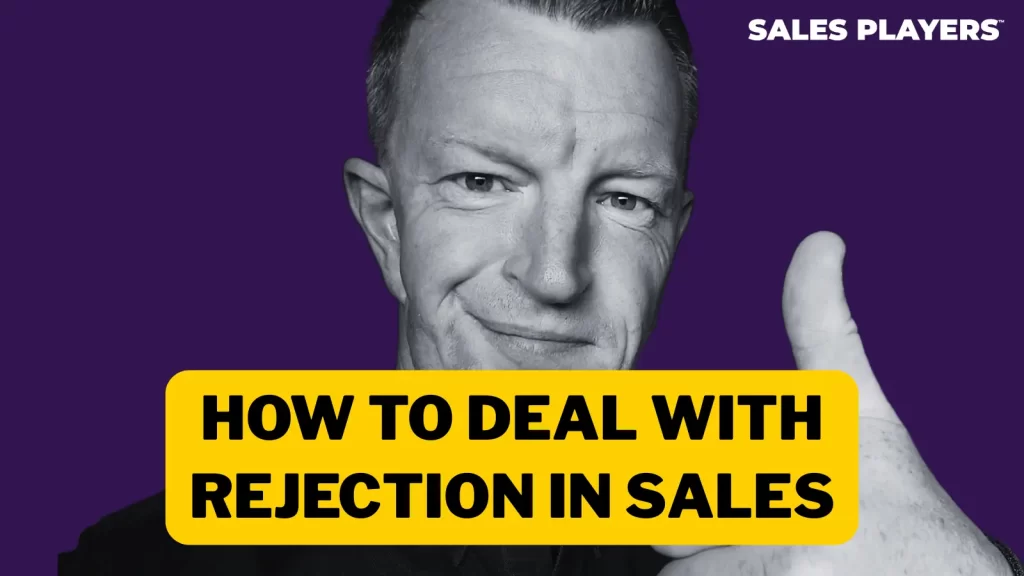Knowing how to handle competition in business is critical, and there’s one common mistake you must avoid at all costs.

Never attack, criticise, or say negative things about them.
It’s unprofessional and a tried, tested and failed sales strategy.
The more attention you give your competitors, the bigger problem they become.
I’m not advising you to pretend your competitors don’t exist; I’m just recommending you avoid talking about them when you speak with a prospect.
You will come across prospects who are either already using your competitor’s solution or others who are considering it at the same time as your own.
And you’ll also come across competitors trying to take your clients.
How you deal with each of these situations is very different.
When you’re working to pull a prospect away from the competition, you need to be strategic and go in with something of a unique value or a huge discount.
You will, of course, need to ask the prospect your standard qualifying questions to ensure they have needs, but you’ll also need to ask them questions about their current solution.
Too many salespeople still make the mistake of going in aggressively when pulling a prospect away from a competitor. This aggressive approach is often due to their passionate belief that they have a better solution for the prospect.
Sadly, that passion can quickly become frustration when the prospect doesn’t instantly believe them.
I would again advise you to show professionalism and patience with your competitor’s clients, just as in any other situation.
Someone using a competitor’s solution will likely show you more resistance than a regular prospect because they know your end goal.
Here is a list of questions you can use to disarm your competitor’s clients and softly qualify them at the same time.
“What solution do you have in place today?”
“How long have you been using it?”
“What do you like most about it?”
“What made you choose that solution in the first place?”
“Have you managed to achieve those objectives so far?”
“Were you involved in the decision to invest in this solution? (If not, who was?)”
“If you were the CEO of (Competitor’s Name), what would you change about the solution or include in future updates?”
These questions will uncover how happy your prospect is with their current solution and give you a sense of how open they are to discussing an alternative.
It’s important not to be too pushy if you can hear the prospect is happy and not interested in a move.
It’s much more powerful to leave the prospect with a professional impression of you and your company, so you’re first in line when your competitor upsets them.
When a competitor is trying to steal your clients, you must first ask yourself whether you have treated this client well or not.
Have you offered them excellent service or just taken their money and abandoned them?
Setting up simple reminders to say a quick hello to your clients every couple of months will keep a large proportion of them loyal, and you can even automate the process if you don’t have the human resources.
Sadly, most companies or account managers either don’t have the knowledge or can’t be bothered to set up courtesy calls or emails and have to deal with the constant threat of losing clients to their competitors.
The advantage you have against the other sales professionals trying to take your clients is that they probably do everything I’m advising you not to do.
They’ll likely be aggressively pursuing your clients and attacking your weaknesses in a desperate and unprofessional manner.
If you’ve served your clients well and have a solid solution, your clients will defend you.
However, if you’ve abandoned them and failed to create a lasting relationship, you’ll be in trouble.
The dazzle of added features and benefits or the smell of cost savings will always catch the attention of a certain number of your clients, no matter how you treat them.
This is where you’ll need to defend yourself.
To handle this scenario, you’ll need to put your emotions aside and ask your client to do the same with the cost savings or the new features and benefits offered by the competitor.
You must firstly communicate how sad you are to hear the client is considering an alternative solution, but bite your tongue and communicate that you understand it’s just business.
You must avoid appearing to be defensive and remain calm and professional.
Your next step will be to ask your client for a few minutes of their time so you can run over a brief review of their account.
Your goal is to re-qualify their needs to see if anything has changed since they first became clients.
By qualifying your client as a new prospect, you’ll not only highlight any new requirements they have but also remind the client why they selected you in the first place.
Your end goal is to have your client re-evaluate if your competitor’s new features and benefits or cost-savings are worthwhile compared to the potential headache of switching suppliers.
Remember that your job is to ask the right questions and not force your opinion.
The psychology behind great questions will always outweigh the forceful persuasion of an elevator pitch.
If you come up against your competition when hunting for new clients, your strategy will naturally need to be adapted.
I mentioned earlier that the more attention you give your competitors, the bigger problem they become.
In my experience, most salespeople get defensive and start pitching all the reasons why their solution is better than others when they hear that a competitor is involved.
This approach will get you nowhere.
It makes you sound desperate and tells the prospect you’re afraid of your competition.
I will again repeat that your strategy should be to remain calm when your prospect mentions the competition.
Shock your prospect by doing the opposite of what they expect by praising your competitor before flowing smoothly into your qualification questions.
The best form of attack is not defence. It’s confidence.
You must also be prepared for prospects hijacking you by asking what makes you better than such-and-such a competitor down the road.
Be humble and compliment the competitor again; even go as far as to say they have a similar solution.
You should then consider telling your prospect that rather than boring them with a list of reasons why they should choose you, it would be much more efficient if you asked a few more questions to find out if any of those reasons even matter.
Whether your prospect is asking you about your competitor, your pricing, or even the technical aspects of your solution early in a conversation, you must learn to park these questions to avoid losing control of your call or meeting.
Here are a few one-liners you can use to park questions and shift the focus of your conversations back into the qualification process.
(1) “I know them well, and they have a very competitive solution too, but I would rather ask a few questions to find out if we can help you before I try to compete for your business.”
(2) “I could easily list a number of unique features and benefits that we offer, but I’d rather avoid that until I know if they would be of any value to you first.”
(3) “I honestly can’t answer that question until I understand your needs first because, in my experience, not all clients are the same.”
Regardless of how good you get at parking your prospects questions, you’ll eventually have to go head-to-head with your competitors, and your best weapon is to master how to plant seeds of doubt around their weaknesses.
If you know your competitor is expensive, it will do you little good to simply point this out to your prospect, and it will potentially make you appear defensive and insecure.
Alternatively, if you asked your prospect in a slightly concerned tone whether or not they have seen the pricing model of your competitor yet, it will bring that weakness to their attention.
It can also be a great advantage to put together a list of your competitor’s deficiencies in preparation for this conversation.
Rather than telling these weaknesses to your prospect, you can take a more consultative approach and give them a list of recommended questions they should ask your competitor.
In the event your prospect seems keen to go with your competitor, your last-ditch approach may sound something like the following:
“I know them (competitor) well, and they have a great solution too. All I would ask before you decide to go with them is to ask them a few questions about some critical areas of their solution. Do you have a pen handy?”
I recommended you create a spreadsheet earlier in my post about how to sell value using the features, benefits, and outcomes formula, and I would now recommend you add a fourth column to that spreadsheet named ‘Qualifying Question’.
You then need to think about a question you could ask to qualify whether your prospect has a real need for each particular feature or not.
Let’s say you know one of your competitors is weak when it comes to data protection.
Before using this as an advantage, you’ll first want to discover if it’s relevant or not for your prospect, so you could just ask your prospect how vital data protection is to them.
If you then receive a positive response that it’s essential, you then recommend they ask the competitor in question about how they handle data protection.
This strategy may sound crazy, but the reverse psychology this has on the prospect and the panicky response they will get when asking your competitor these questions will put you in the driver’s seat for winning the prospect’s business.
I would go as far as to say that 80% of your prospects won’t even bother calling your competitor to ask these questions if you master the art of planting seeds of doubt in their heads about your competitor’s offerings.
Remember, when you stay calm, cool, and professional, you demonstrate confidence to your prospect about you and your solution – and confidence sells.


















